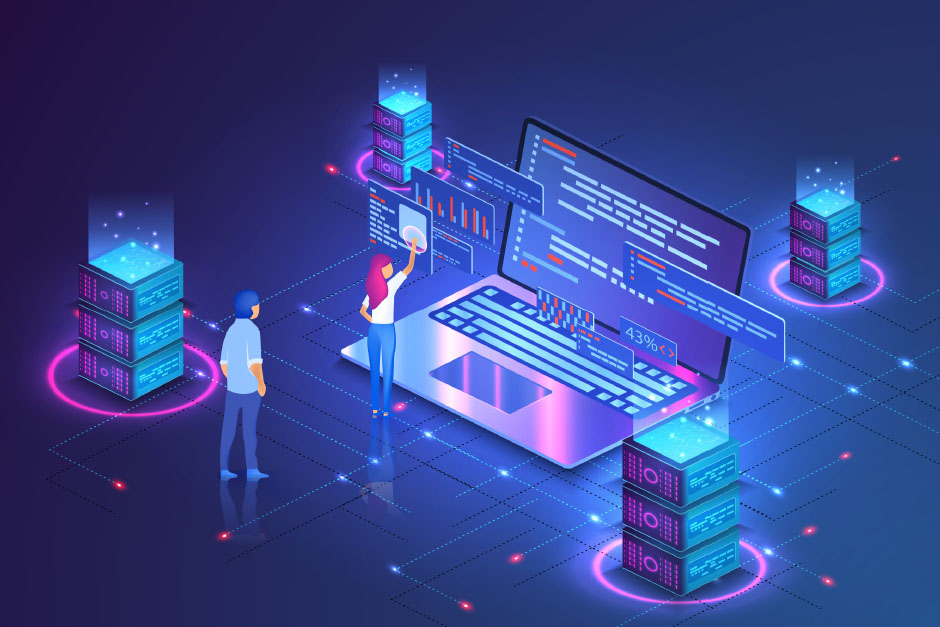Remote monitoring of your equipment is the ability to monitor it even when you’re not there. Remote health monitoring is a more advanced form of remote monitoring that monitors different aspects of machinery and alerts you when something needs your attention.
This article will introduce you to remote health monitoring and its benefits, as well as give advice on how to implement it effectively. If you own an industrial site or are responsible for managing one, you understand just how important it is to keep track of all the machines so that they don’t fail unexpectedly. Remote health monitoring is a new way of keeping tabs on your machinery without having to be there in person.
Read on to learn about the benefits of remote health monitoring and tips for implementing it :
What is Remote Health Monitoring?
Remote health monitoring is a process that allows you to monitor your equipment and machinery over a network instead of being there in person to physically monitor it. This kind of monitoring is often used in industrial situations where machinery is critical to a site’s operations.
Remote monitoring can alert you when there is an issue; however, remote health monitoring goes a step further and provides details about the nature of the problem. Remote health monitoring can be used to track the status of your equipment, identify potential issues, and help prioritize repair work. This allows you to save time, money, and resources when compared to being in the field to monitor all the equipment yourself.
Remote monitoring can be accomplished through the use of sensors connected to a computer system that collects and analyzes data. The sensors monitor different aspects of the machinery and send data to the computer system for analysis and storage. You can then monitor the data remotely from your office computer or laptop.
Why Use Remote Health Monitoring?
Remote health monitoring provides the benefits of being able to monitor all the equipment using sensors, computers, and software even when you aren’t there to do so manually. Monitoring remotely allows you to track the equipment’s status and identify potential problems before they become serious issues that disrupt production or cause safety concerns. When something does go wrong, you’ll be notified so that you can fix it before it develops into a bigger problem.
Remote monitoring can also help you keep track of equipment maintenance schedules so that you know when to perform inspections and maintenance work. This can help save you time and money because you won’t have to be in the field to perform inspections and repairs. Plus, you won’t have to worry about missing important maintenance dates and causing more expensive problems in the future.
How does Remote Health Monitoring Work?
Remote health monitoring relies on sensors connected to computers and software to monitor the status of machinery. Sensors can be as simple as a light bulb that goes on when there is an issue with the machinery or as advanced as a computer module that communicates with the machinery.
Remote health monitoring systems are often made up of sensors and modules that monitor different aspects of the machinery. Some common sensors include temperature sensors, vibration sensors, flow sensors, and pressure sensors. Remote health monitoring systems rely on computer software to collect and analyze data from the sensors.
The computer system stores the data and you can log into the system remotely from your office computer or laptop to monitor it and identify potential problems. Remote health monitoring software can also create reports that allow you to visualize data and spot trends in the data. This can help you identify potential issues before they become serious and also help you prioritize repair work.
3 Benefits of Remote Health Monitoring
– Helps you manage risk: Remote health monitoring can provide you with information so that you can anticipate potential issues before they occur and take steps to avoid them. This can help you manage risk and avoid costly disruptions that could impact your business.
– Helps you save time and money: In addition to helping you manage risk, remote health monitoring also allows you to save time and money by not having to be in the field to monitor all the equipment in person.
– Helps improve operations: Remote health monitoring can help you identify trends in the data to spot root causes of issues and make adjustments or identify repairs that can help improve your operations and save you time and money.
Conclusion
Remote health monitoring allows you to monitor all the equipment even when you aren’t there in person to do so. This allows you to identify potential issues before they become serious and saves you time and money by not having to be in the field to monitor all the equipment. Remote health monitoring relies on sensors connected to computers and software to monitor the status of machinery. The sensors generate data that is then analyzed and stored by the computer system. You can then monitor the data remotely from your office computer or laptop and identify potential issues before they become serious. Remote health monitoring can help you manage risk and improve your operations by allowing you to track maintenance schedules and identifying root causes of issues.


